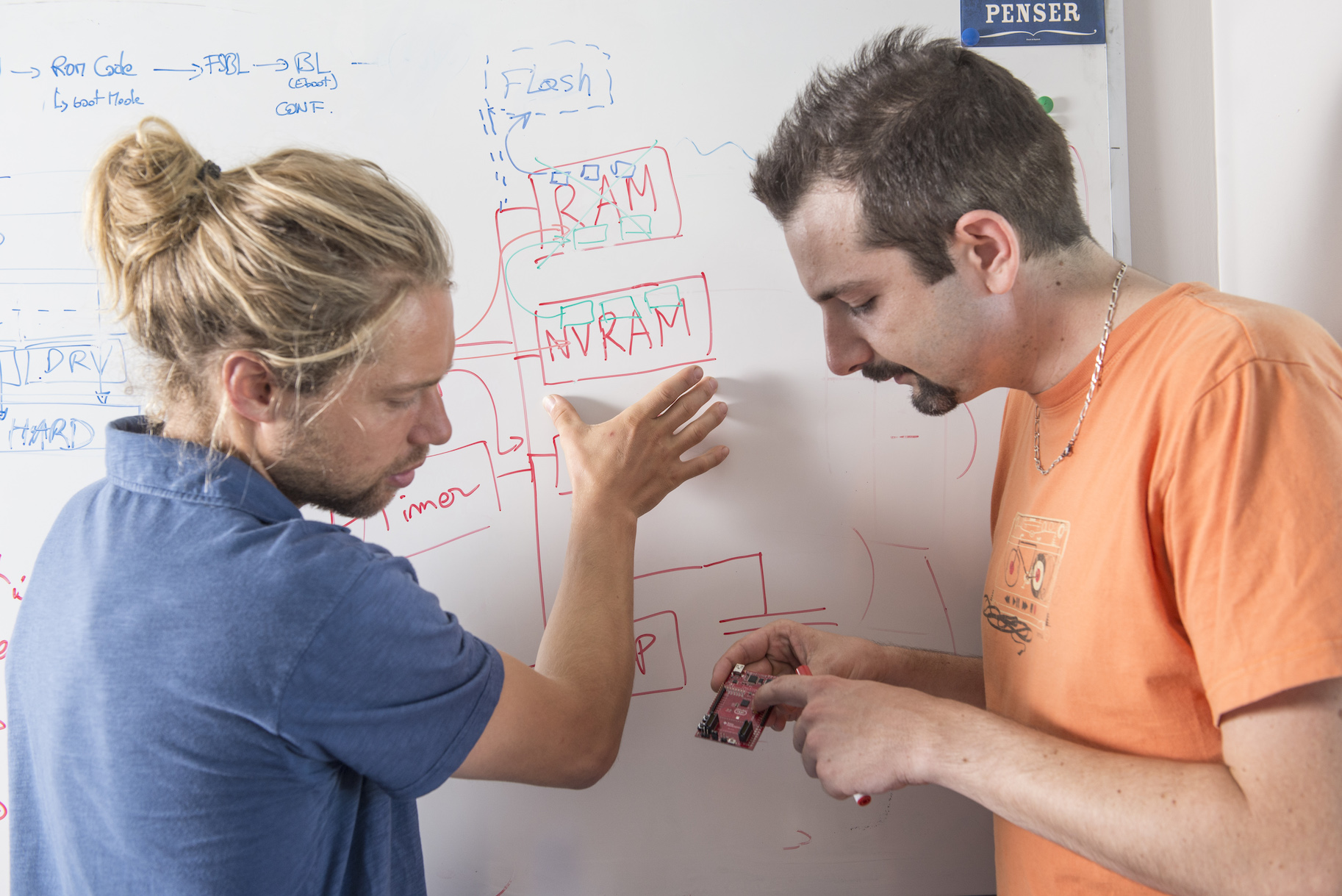ZEP, moving towards a new generation of sensors for IoT
Date:
Changed on 20/12/2024

The emergence of the Internet of Things (IoT) in recent years has revolutionised our daily lives, creating new opportunities in various sectors such as the environment, industry, home automation, the smart city or healthcare and mobility. We are surrounded by numerous intelligent objects, which constantly detect their environment, communicate between each other via radio waves, take measures to react to a situation or provide information.
However, the size of these objects, their maintenance cost and location in space currently raise real problems for the IoT sector. On one hand, they must become smaller and smaller in order to be embedded in tiny objects, while on the other hand, we have to able to change their batteries if necessary. This can represent a daunting task if, for example, thousands of wireless sensors are embedded in each building, and the task becomes impossible in hard-to-reach areas such as the inside of walls.
These issues are driving IoT players to consider the need to do away with batteries in embedded computing, made possible in particular thanks to techniques to harvest energy from the environment and non-volatile random-access memory (NVRAM) systems.
Given that existing compilers and operating systems have not been designed for such use (in many contexts, the systems based on environmental energy harvesting suffer from frequent power cuts, as the energy captured from the environment is very weak, while NVRAM are unable to store data when the computer is shut down), new efficient non-volatile memories are emerging, capable of speed and storing their memory when the power supply is cut off. This technology could become a decisive element for future low-energy IoT devices.
The ZEP (Zero-Power Computing Systems) Challenge was thus launched to explore these issues, and is composed of four INRIA teams (Socrate, Taran (ex.Cairn), Pacap, and Corse) and researchers from the CEA Lialp and Lisan laboratories of CEA-Léti and CEA-List.
Verbatim
There was a particular interest in launching a challenge here, because this development impacts so many software layers, so we brought together researchers from very different backgrounds, specialised in computer architecture, energy harvesting, operating systems or compilation.
Auteur
Poste
head of the Challenge
Launched in 2017, the aim of ZEP is thus to prototype a new generation of sensors, based on energy harvesting and RAM management. “One of the project’s main starting points was to explore the implication of using this type of technology; in other words, what it changes for computing systems, of any kind”, says Kévin Marquet. He adds: “one of the hopes with NVRAM is to use less energy for embedded computing.”
The scientific task of the Challenge is thus organised according to three focus areas: a specific material architecture based on NVRAM, a dedicated compiler operation which calculates energy use in the worst-case scenario, and lastly, an operating system ensuring memory coherence in the event of a power cut.
Four years on, ZEP has produced several significant results. “We were the first in the world to create an operating system capable of managing the intermittency of this kind of object” Kévin Marquet tells us.
The project also highlighted the importance of managing a power cut from a global approach, something that has not been done up to now. “It makes no sense to continue computing after a power cut if we can only keep the data in the RAM, because with embedded computing, calculations are carried out on the basis of information captured by the peripheral. There is a lot to be done so that all the parts of the computing system (multiple peripherals, memory and the processor) come together coherently”, he adds.
More generally, the results of ZEP have demonstrated the potential of these future operating systems, which will be capable of managing the intermittent use of sensors based on environmental energy harvesting.